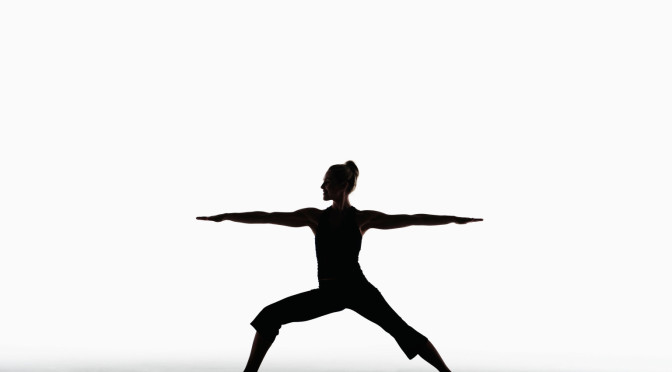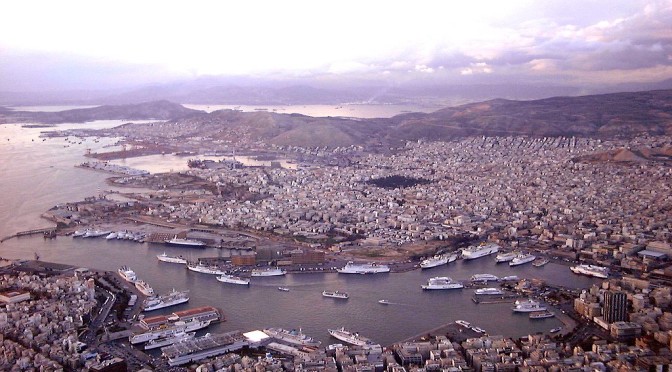What Can I Use This For?
Have you ever tried to send a friend an MP3 over AIM or ICQ and it just refuses to work? If you have a personal website there is a much easier way to share a file with someone — upload it, send them the link and BAM, they now have the file and you guys can talk about how cool of a dj Paul van Dyk is. Of course this guide will teach you how to put any file on the net, so if you want to create a webpage or upload images, etc, this guide will assist with the technical aspects of transfering files from your local machine to the webserver and finally accessing them via a URL.
Another cool application is including an image in your signature on forums or posting links/files elsewhere on the net.
I remember when i started my FIRST website I signed up for everything and in no time I had a webhost and website… I had no idea what to do. What good is that when you have no idea how to get your files onto your web server? Getting the hang of how everything works seems tricky but it is actually REALLY simple…
FTP the Files on to Your Server
It’s All in the FTP, Baby
This first step is getting your file from your personal computer onto your webserver. The most typical way of uploading files is through FTP. FTP stands for File Transfer Protocol and is basically a method of connecting to a server and transfering files from one computer to the other.
What You Will Need To FTP
Your web host should have provided you with three things:
- IP Address OR Domain
- User name also known as Login
- Password
Once you have your FTP login details in order you need to obtain an FTP client.
An FTP client is the application you will use to build a connection between your computer and your web server. Essentially all an FTP client does is:
- Connects to your web server based on it’s IP address
- Logs you in based on the User name and Password you provide
- Allow you to transfer files from your computer up to the server (Upload)
- Allow you to transfer files from web server to your computer (Download)
I suggest you Google for a free one, there are tons such as Filezilla!
Connect!
Once you have installed your FTP client fill out the login information and connect to your web server. When you connect and login, you will be dropped into your Home Directory also known as ‘ /’ yes, that is right, ‘ /’ OR slash. Now on to the good stuff…
How does this FTP program work?
FTP stands for File Transfer Protocol. It is a protocol used for transfering files from one machine to the other. In our case we will be transfering files on your local machine to your webserver (uploading). You can also transfer files from the remote server to your local machine if you desire (downloading).
Most Windows based FTP applications give you a split view where one pane is your local machine’s file system and the other pane is the remote (aka web server) server’s file system. In the local machine pane you can simply navigate the directory tree until you find the files on your local machine that will be uploaded to the server. In the other pane you can navigate your server’s directory tree until you find the location in which you would like to store the files.
Transfering the files is normally as easy as just dragging the file from your local machine pane to the remote server’s pane!
Where do I Upload my Files?
Upon connecting to your web server with FTP you now have the ability to upload files directly to the server. So lets say for example you want to share your favorite song with your friend Tony and your website is mydomain.com.
It is important to realize that all directories after mydomain.com are simply directories you have created inside of / . So for example, if you wanted to make a directory that will contain all the files you want to share with your buddy Tony, called ‘fortony’ you would create the directory ‘fortony’ as a subdirectory of /. Then the path on the web would be as follows: http://www.mydomain.com/fortony/
So as you can see the concept is fairly easy to grasp. You can create folders and files inside of your domain’s root directory. Anything that goes inside of there can be accessed from the web by providing a complete URL.
Note: Some webservers allow you to get a listing of what a directory has in it. So for example some web servers might show you a list of all files inside of mydomain.com/fortony/ while others may give you an error or not show you anything. This is a setting that needs to be changed by the admin of your server.
Now that you have created a folder you can put files into it and share specific files by linking your friends to them. We can use Tony in this next example because we know he likes trance music. If you wanted to share a file with Tony called trance.mp3 all you need to do is FTP into your server, change directory to ‘fortony’ and upload your file.
Once trance.mp3 is uploaded into the directory fortony you can link anyone to the file by appending the file name after the directory path. So with our example using trance.mp3 the complete URL to that file would be http://www.mydomain.com/fortony/trance.mp3.
Now Share Something!
Basically to share a file on the web you need to transfer it from your local computer to a location on your server that is accessible by the web. Once you have done this all you need to do is provide the correct URL to the person you would like to present a shared file. Easy as that, and if you need more assistance please leave a comment on this article!


